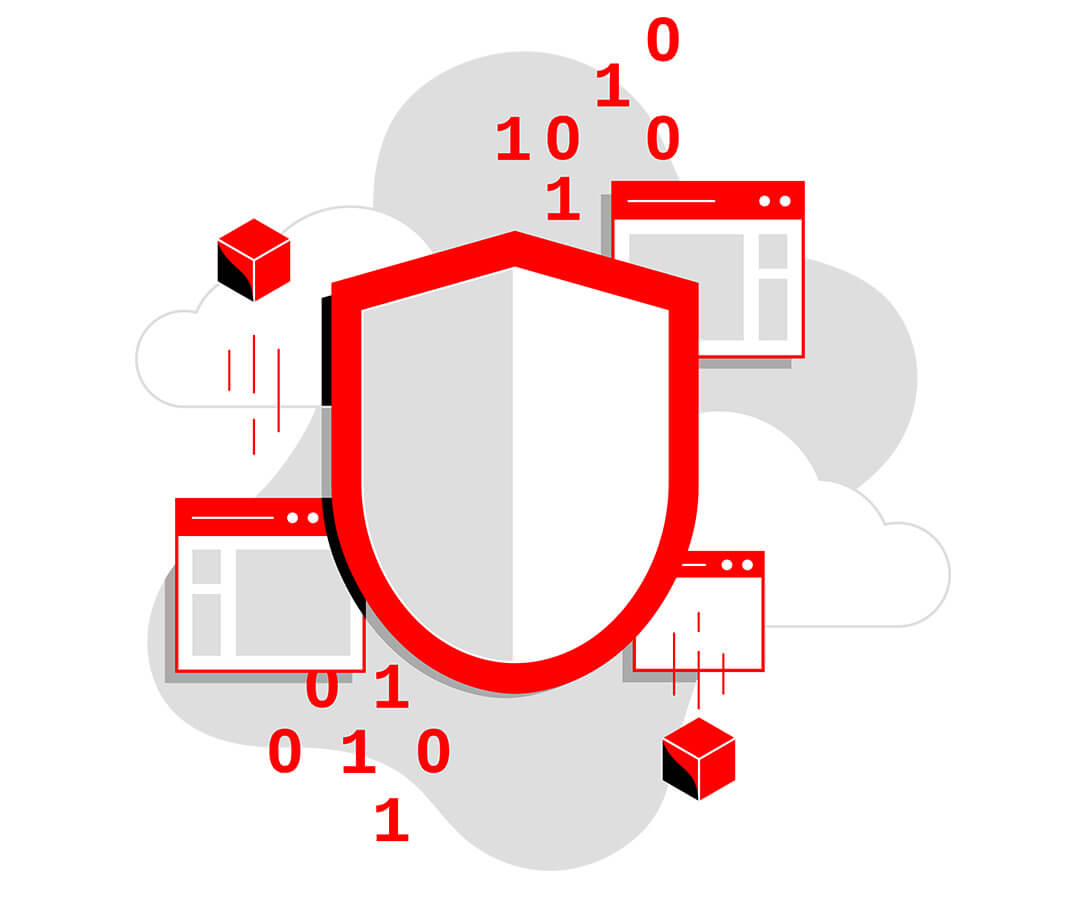Overview
Risk management is the process of identifying and assessing risks and creating a plan to minimize or control those risks and their potential impact on an organization. A risk is a potential for loss or damage. Risks can come from a variety of places such as legal liability, natural disasters, accidents, management errors, or cybersecurity threats.
What does risk management look like in action?
It's all about following the data. Find out why in this video.
Enterprise risk management
Risk management strategies are the tactics for dealing with these risks and understanding their potential consequences. These strategies should be included in a risk management plan, which is a documented process of how your organization or team will identify and address emerging risks.
Enterprise risk management is an important part of your business strategy and relationship with stakeholders, as it helps you to avoid circumstances that could keep your business from achieving its goals.
Many industries are required to follow compliance regulations as a part of business operations, and there are several organizations that have established standards for managing risk, including the National Institute of Standards and Technology and the International Organization for Standardization (ISO).
Financial services, for example, is an industry that deals with extensive compliance requirements and regulations. There is also a lot of risk involved, between keeping customer data secure, making investment decisions, and determining credit risk.
The ISO 31000 principles can be used as a risk management framework for companies, regardless of industry. Risk management standards help organizations implement a risk management plan in a systematic way.
IT risk management
For IT, risk comes from the potential for loss or damage if a threat exploits a vulnerability in your hardware or software. Common Vulnerabilities and Exposures (CVE), a list of publicly disclosed security flaws, help IT professionals coordinate their efforts to prioritize and address these vulnerabilities to make computer systems more secure.
The way we develop, deploy, integrate, and manage IT is dramatically changing. IT security needs to be part of the infrastructure and product lifecycle as early as possible, and integrated into your risk management strategy, so that your organization can be both proactive and reactive.
One way to approach mitigating risks is by using tools such as predictive analytics and automation to monitor your infrastructure.
Ops teams can use predictive analytics to proactively find and address problems before they affect your environment. You can also use predictive analytics to prevent security issues and avoid unplanned downtime by looking for anything unusual on a network and identifying the root cause of potential vulnerabilities.
Automation ensures fast and effective feedback that doesn’t slow the product lifecycle down, and can also be used to remediate identified issues.
Risk management process
It’s not possible for an organization to avoid all risk entirely, and the consequences of a risk don’t have to be negative. As a business, you will need to weigh the potential risk against the potential opportunity, and establish what an acceptable level of risk is. You can then use this information for decision making.
Risk management involves prioritizing the risks that have the highest chance of happening and would also have the greatest impact if they did occur, and dealing with these risks first through risk mitigation.
Risk management steps:
- Risk identification: Identify and describe potential risks. Types of risks could include financial risks, operational risks (such as risks to a supply chain), project risks, business risks, and market risks—among others. Identified risks should be recorded in a risk register or be documented in some way.
- Risk analysis: Determine the probability of a new risk happening by analyzing the risk factors and documenting potential consequences.
- Risk assessment and evaluation: Using internal audits and risk analysis, determine the magnitude of a risk. You’ll also need to decide what level of risk is acceptable, and what needs to be dealt with immediately.
- Risk mitigation: Once you’ve determined the priority and importance of risks, you can proceed with a risk response strategy to minimize or control the risk.
- Risk monitoring: Risks and metrics need to be continuously monitored to make sure that risk mitigation plans are working, or to keep you aware if a risk becomes a greater threat.
Risk management approaches
The main risk management approaches include avoidance, reduction, sharing, and retention.
- Risk avoidance: Risk avoidance involves stopping and avoiding any activities that could lead to a risk.
- Risk reduction: Risk reduction is focused on actions that will reduce the probability of a risk occurring or the impact of a risk.
- Risk sharing: Risk sharing is when an organization will transfer or share part of the risk with another organization. An example is outsourcing manufacturing or customer service functions to a third party.
- Risk retention: Risk retention occurs when risks have been evaluated and the organization decides to accept the potential risk. No action is taken to mitigate the risk, but a contingency plan may still be put in place.
Why choose Red Hat?
Red Hat tests, hardens, and supports open source software to make it ready for the enterprise. Our goal is to help your business remain competitive, flexible, and adaptable while maintaining security and regulatory compliance.
Our solutions can help team members and risk managers set up risk remediation and prevention tactics across their environments. Red Hat® Insights provides predictive analytics with comprehensive assessment and intelligent prediction across physical, virtual, container, private, and public cloud environments.
Your organization can proactively identify risks as part of your risk management strategy, and automate remediation across your Red Hat infrastructure by using Red Hat® Ansible® Automation Platform Playbooks along with Insights.





